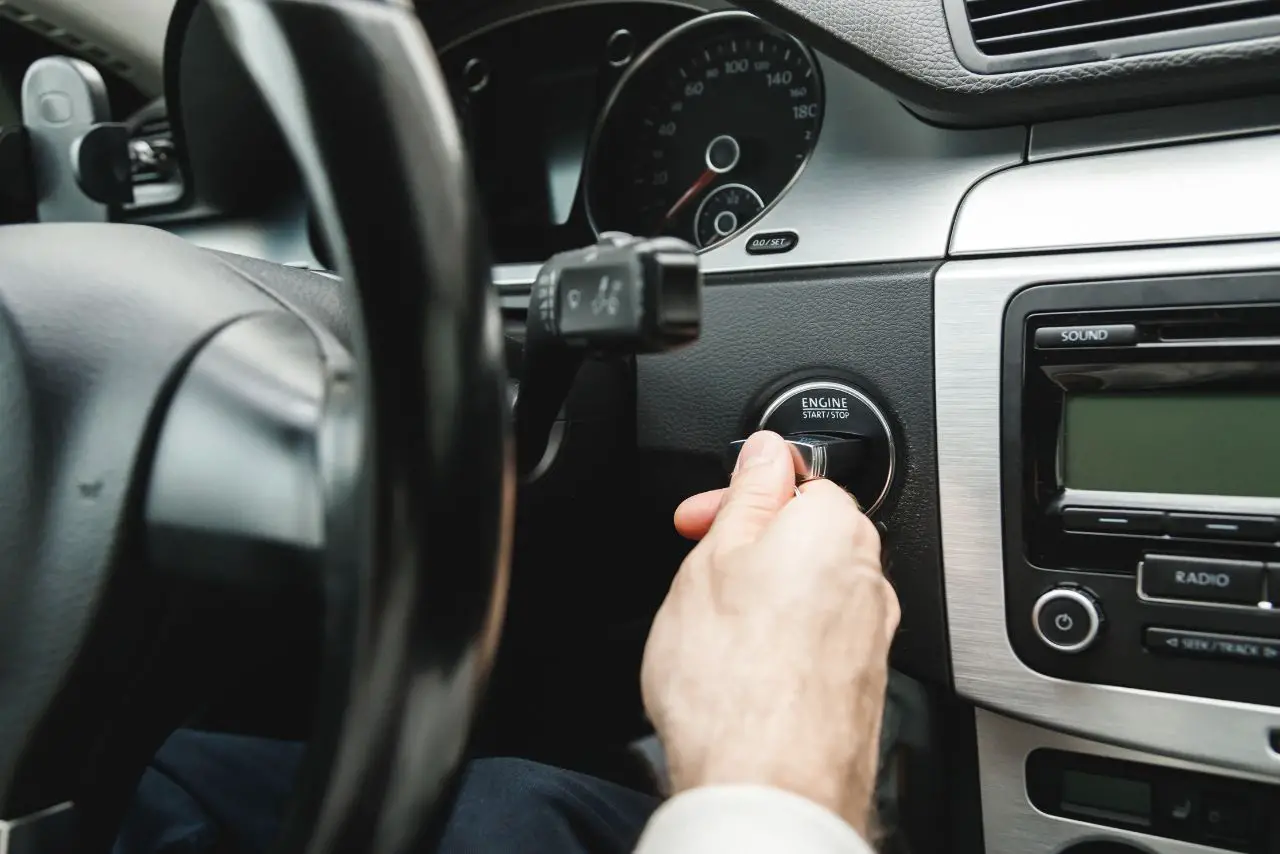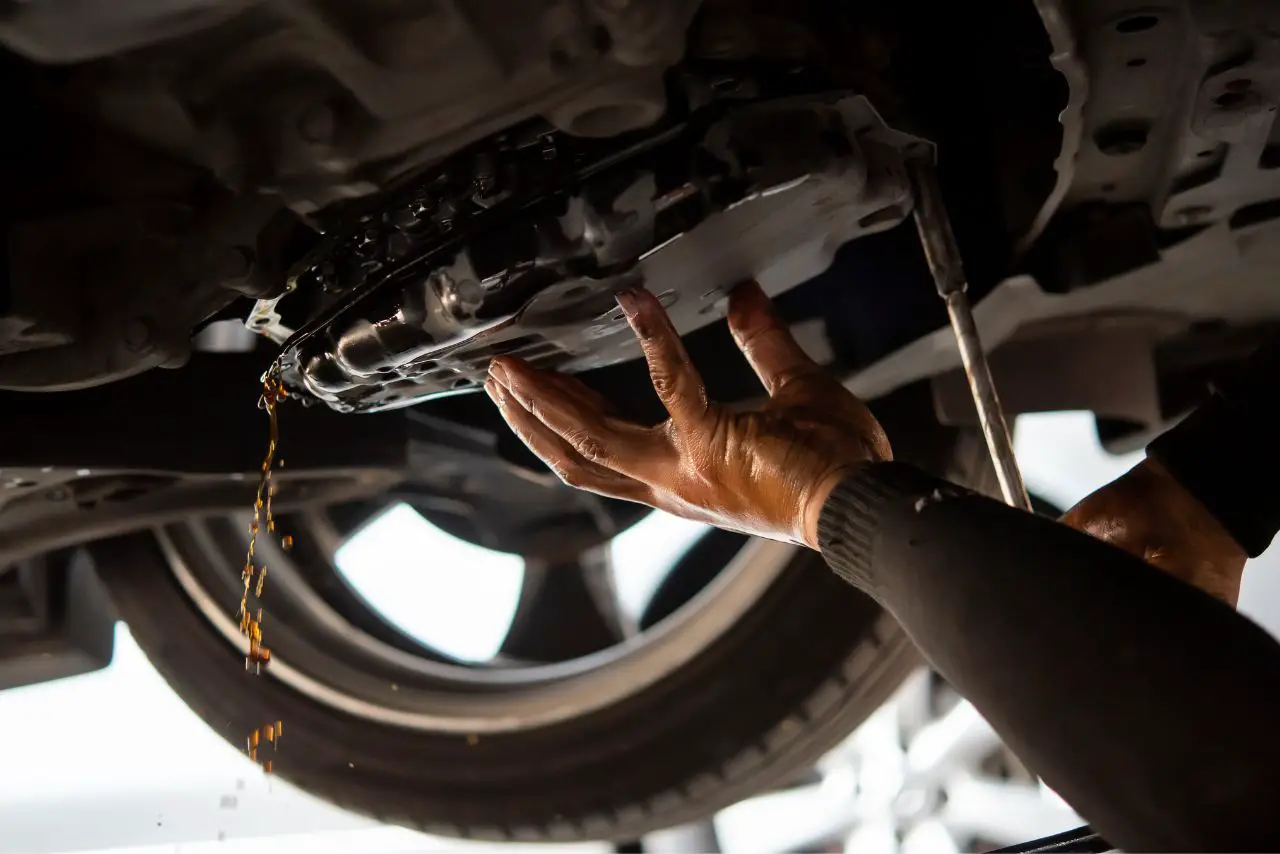No power to your car’s dash or ignition can be a frustrating experience, but it doesn’t always mean a major problem.
There are several potential causes for this issue, including a dead or disconnected battery, blown fuse or fusible link, ignition switch problems, faulty alternator, wiring issues, bad starter, low dimmer switch settings, burnt-out dash bulbs, and grounding issues.
In this article, we will explore these possible reasons and provide you with some insights on how to troubleshoot and fix them.
Whether you’re a seasoned driver or new to the world of automotive maintenance, understanding these common culprits will help you diagnose the source of the problem quickly and get back on the road in no time.
Table of contents
9 Possible Reasons for No Power to Dash or Ignition:
In summary, No Power To Dash Or Ignition: Dead Or Disconnected Battery; Blown Fuse Or Fusible Link; Ignition Switch Problems; Faulty Alternator; Wiring Issues; Bad Starter, Low Dimmer Switch Settings, Burnt-Out Dash Bulbs or Grounding Issue can all contribute to a lack of power in your car’s dash or ignition system.
In the following sections, we will delve deeper into each potential cause and provide tips on how to troubleshoot and resolve them effectively
1. Dead or Disconnected Battery:

If your car’s dash and ignition have no power, one of the most common causes is a dead or disconnected battery. Here are a few things to check:
To Resolve These Issues:
Remember always to prioritize safety when working with batteries wear gloves and protective eyewear.
| Potential Causes | Solutions |
|---|---|
| Dead Battery | Check for loose/corroded connections. Jump-start the car. Consider replacing faulty alternator if needed. Avoid draining by turning off all lights/accessories when parking. |
By addressing these potential issues related to dead or disconnected batteries, you can restore power to your dash and ignition system efficiently without having to rely on professional assistance in many cases.
2. Blown Fuse or Fusible Link:

To Resolve These Issues You Can :
Remember, blown fuses or fusible links are common culprits for no power issues in dash and ignition systems. Therefore, checking them should be one of the initial steps when troubleshooting such problems.
3. Ignition Switch Problems:

If you are experiencing a complete loss of power to the dash or ignition in your vehicle, one possible culprit could be ignition switch problems.
The ignition switch is responsible for controlling the flow of electrical current to various components in your car’s electrical system.
Here are some common signs and symptoms that may indicate an issue with the ignition switch:
If you suspect that your vehicle’s problem lies with the ignition switch, it’s important to have it diagnosed and repaired by a qualified mechanic as soon as possible.
Ignition switches are complex components that require specialized knowledge and tools for proper diagnosis and replacement.
4. Faulty Alternator:
If you are experiencing a situation where there is no power to your dash or ignition, one possible culprit could be a faulty alternator.
The alternator plays a vital role in supplying power to various electrical components of your vehicle while also charging the battery.
Here are some key points to consider when diagnosing a faulty alternator:
Remember, addressing an underlying problem promptly can prevent further damage and potentially save you from being stranded due to complete loss of electrical power in your vehicle caused by a faulty alternator.
5. Wiring Issues:
When it comes to the electrical system of your vehicle, wiring issues can be a common cause of no power to the dash or ignition.
Faulty or damaged wiring can disrupt the flow of electricity, leading to various problems. Here are some potential wiring issues that could be causing the problem:
To diagnose and resolve any potential wiring issues related to lack of power in your dash or ignition system effectively requires expertise in automotive electronics troubleshooting techniques such as using a multimeter for continuity testing and inspecting wire harness integrity visually.
6. Bad Starter:
A bad starter can be a common cause of no power to the dash or ignition. When the starter fails, it prevents your vehicle from starting up and can leave you stranded. Here are some signs that indicate a bad starter:
If You Suspect a Bad Starter, Here Are Some Steps You Can Take:
7. Low Dimmer Switch Settings:
If you find that there is no power to your dash or ignition, one possible cause could be low dimmer switch settings. The dimmer switch controls the brightness of your dashboard lights, and if it is set too low, it may appear as if there is no power.
To check if this is the issue, follow these steps:
By ensuring that the dimmer switch settings are appropriately adjusted, you may resolve issues with low power to dash or ignition caused by diminished dashboard light brightness.
8. Burnt-Out Dash Bulbs:
If you find that your dash or instrument panel is not lighting up properly, one possible cause could be burnt-out dash bulbs. These bulbs are responsible for providing illumination to various indicators, gauges, and controls on your dashboard.
When a dash bulb burns out, it can result in reduced visibility of important information while driving at night or in dark conditions. Here are a few things you should know about burnt-out dash bulbs:
Remember to exercise caution when working with any electrical components in your vehicle to prevent injury or damage to sensitive systems.
9. Grounding Issue:
A grounding issue in your vehicle can cause various electrical problems, including a lack of power to the dash or ignition.
It occurs when there is a poor connection between the electrical components and the vehicle’s chassis. Here are some signs and solutions for dealing with a grounding issue:
Signs of a Grounding Issue
Causes
Diagnosing a Grounding Issue
If you suspect a grounding issue, perform the following steps:
Solutions
To resolve a grounding issue:
Preventing Future Grounding Issues
Take these preventive measures:
Remember that working on your vehicle’s electrical system requires caution and expertise, if you’re unsure about diagnosing or fixing an electrical issue yourself, it’s best to consult with a qualified mechanic for assistance.
By addressing any potential grounding issues promptly, you can ensure reliable power delivery throughout your vehicle’s electrical system and avoid frustrating start-up problems due to disconnected circuits in your dash or ignition.
Conclusion: No Power to Dash or Ignition:
When faced with a situation where there is no power to the dash or ignition, it is important to consider various potential causes.
These can range from a dead or disconnected battery to issues with the ignition switch, faulty alternator, wiring problems, bad starter, low dimmer switch settings, burnt-out dash bulbs, or grounding issues.
By following these steps diligently and methodically troubleshooting each potential cause one at a time without skipping over anything crucially important helps ensure that you’ll regain power to your dash and ignition system promptly while identifying underlying problems for long-term resolution.
FAQs
What Could Cause a Complete Loss of Power to The Dash and Ignition?
There are several potential causes for a complete loss of power to the dash and ignition.
Some common causes include a dead battery, a faulty ignition switch, a blown fuse, or a loose or damaged electrical connection.
How Can I Determine if The Battery Is the Problem?
If you turn the key and nothing happens, it may indicate a dead battery.
You can check the battery voltage using a multimeter.
If the voltage is significantly low (below 12 volts), it may be a sign that the battery needs to be charged or replaced.
What Should I Do if The Ignition Switch Is Faulty?
If you suspect a faulty ignition switch, you can try turning the key while gently wiggling it in different directions to see if it restores power.
If this doesn’t work, you may need to have the ignition switch replaced by a professional.
How Can I Check if A Blown Fuse Is Causing the Issue?
First, locate the fuse box in your vehicle. The owner’s manual should indicate its location.
Then, visually inspect the fuses to see if any are visibly blown.
If you find a blown fuse, replace it with a new one of the same amperage rating and test the ignition again.
What Should I Do if There Is a Loose or Damaged Electrical Connection?
Check for any loose or corroded connections in the battery terminals and wiring harness.
If you find any issues, tighten or clean the connections as necessary. If there are damaged wires, it may be necessary to repair or replace them.
What Are Some Other Potential Causes of No Power to The Dash and Ignition?
Other potential causes include a faulty starter motor, a failed alternator, or a malfunctioning ignition relay.
It is recommended to consult a professional mechanic to diagnose and resolve these issues.
Can I Jump-Start My Vehicle if The Battery Is Dead?
Yes, you can jump-start your vehicle using jumper cables and a second vehicle with a charged battery.
Follow the proper procedure for jump-starting a car and make sure to connect the cables correctly.
If the battery repeatedly goes dead, it may be a sign of a larger issue that should be addressed by a professional.
Is It Safe to Drive My Vehicle with No Power to The Dash and Ignition?
It is not safe to drive a vehicle with no power to the dash and ignition.
Without power, important safety features like lights, signals, and power steering may not function properly, increasing the risk of an accident.
It is best to resolve the issue before attempting to drive the vehicle.
Latest Posts!
- 10 Best Gear Oil for Limited Slip Differentials (Reviewed!)
- Allison 1000 Transmission Fluid Type (5 Best Options!)
- 91 Octane Vs 93 Which One You Use? (The Surprising Truth!)
- Oil Pressure Gauge Not Working: (Guaranteed Fix!)
- 10 Best Transmission Fluid for 4l60e (Tested by Experts!)
- 10 Best Ceramic Coating For Wheels (Used By Real Users!)











